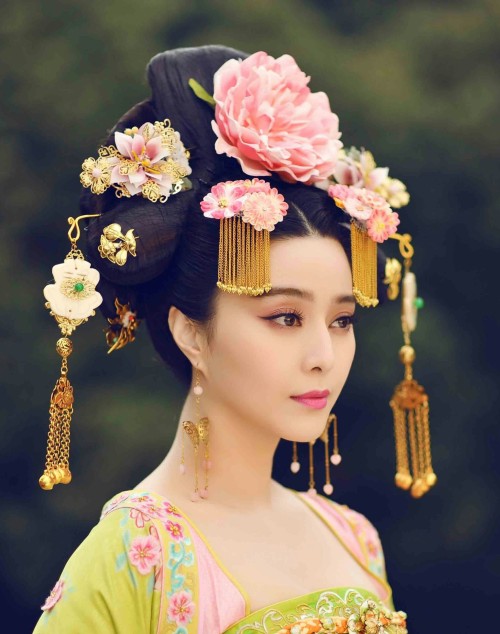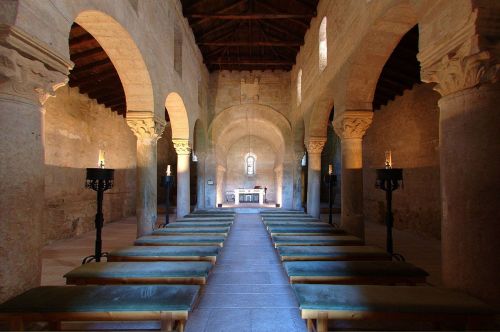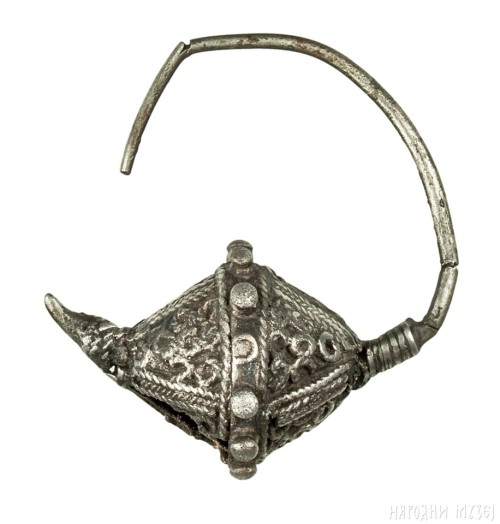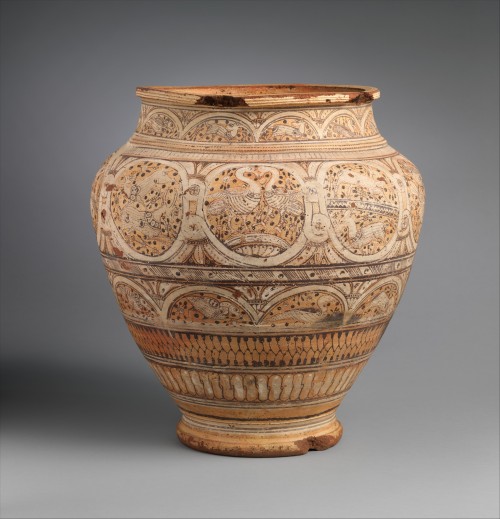#7th century


~ Figure of a Standing Warrior.
Culture: Maya
Place of origin: Yucatán, Península de
Date: A.D. 650–800
Medium: Ceramic with pigment


~ Pair of earflares with condors.
Date: 6th–7th century
Place oforigin: Perú
Culture: Moche (Loma Negra)
Medium: Silver, gold, gilded copper, shell

~ Ostrakon with the Greek alphabet.
Place of origin: Thebes, Egypt
Date: 30 B.C.-A.D. 641
Period: Roman Imperial period
Medium: Earthenware vessel fragment with Greek script.

“Smiling” (sonrientes) Figure,Remojadas Culture, (Veracruz, contemporary Mexico, Mesoamerica), 7th–8th century, Ceramic with colour, 47.5 x 29.9 x 15.9 cm, The Metropolitan Museum.
San Juan Bautista (akaSan Juan de Baños), Baños de Cerrato, Palencia, central Spain
Built in 661 AD under the commission of the Visigothic king Recceswinth (Spanish: Recesvinto), this is the only Visigothic church building that can be dated with certainty. The king is said to have built the church out of gratitude for his recovery from a kidney disease, which he attributed to the healing powers of the local spring water.
The spring (Fuente de San Juan, or also Fuente de Recesvinto) is on the opposite side of the road, south of the church. It has been known as a healing spring since antiquity. In Roman times there was a temple of Asclepius here, and an altar for the nymphs.
Photo (1) shows Recceswinth’s crown displayed in the church (which is actually a copy; the original crown is preserved in Museo Arqueológico Nacional, Madrid).
Excavations carried out north-east of the church between 1956 and 1963 discovered a graveyard with 58 graves, as well as three objects from the 7th century: two bronze fibulae in the shape of a lyre and the handle of a liturgical vessel.
Over the centuries of its existence, the church has undergone multiple renovations and restorations. A medieval renovation altered the layout of the building as can be seen here. The belfry is an addition from a 19th century restoration.
The church was declared a national monument in 1897.
Sources (more to read and see): [1] [2] [3] [4] [5]
Post link
唐 彩繪陶樂女俑|Female Musician,Metropolitan Museum of Art: Asian Art
Rogers Fund, 1923 Metropolitan Museum of Art, New York, NY
Medium: Earthenware with pigment
Post link
7th-9th century earrings form Serbia (found near Veliko Gradiste and Macvanska Mitrovica). They were most likely ordered and made in famous Byzantine gold centers.
Serbia has a very rich medieval history, but its people need help in the present day.
If you want to help out at least reblog this, if you are unable to donate. We had a very low media coverage. The damage is incalculable and we will feel the effects of this for years to come. Spreading the word is essential.
Thank you!
Post link

Medieval balsamarium
* 6th -7th century
* l'Alcudia (Valencia)
* Archaeology and History Museum of Elche
source: Joanbanjo, CC BY-SA 4.0 <https://creativecommons.org/licenses/by-sa/4.0>, via Wikimedia Commons
Ceramic Jar painted with plants, birds and other animals, Egypt, 7th century
Provenance: Nicolas Tano, Cairo, until 1922; sold to MMA
H. 19 7/16 in. (49.4 cm)
Post link













